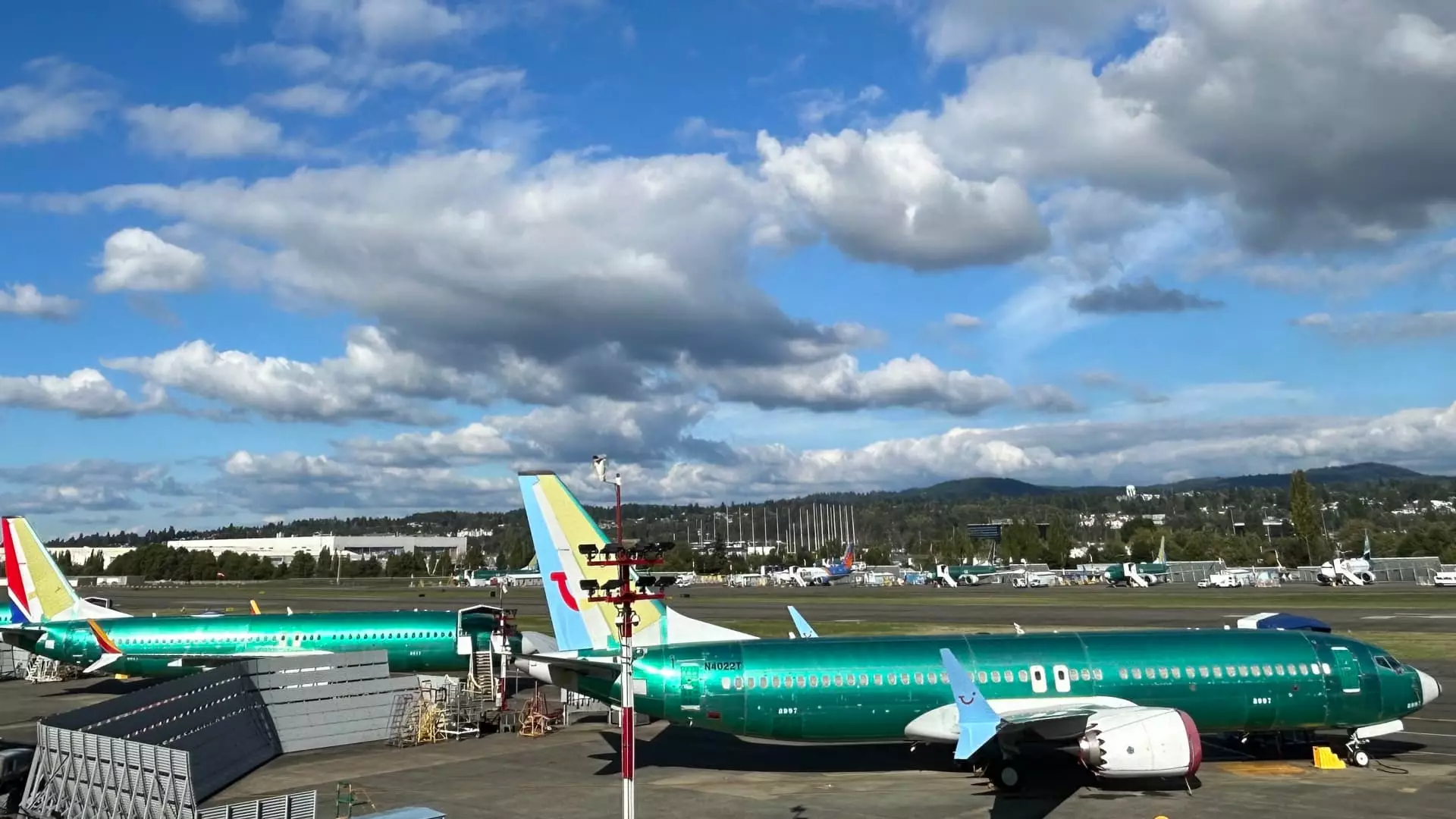In a month that reflected both progress and adversity, Boeing managed to deliver 33 airplanes in September 2023. This figure signifies a six-unit increase from the same month a year prior, yet it underscores a more troubling narrative when placed in the broader context of the company’s year-to-date performance. As of September, Boeing has delivered only 291 aircraft, a stark contrast to the 371 handed over during the same stretch of 2022. The deliveries remain critically important for Boeing, as revenue streams heavily depend on timely transactions with customers, who typically settle the bulk of the aircraft’s price upon delivery.
Rivalry with Airbus
As Boeing reeled from delivery discrepancies, its competitor Airbus continued to capitalize on its position in the market. Through August 2023, Airbus had successfully delivered 447 airplanes, placing Boeing at a disadvantage. This competitive landscape highlights the pressures Boeing faces—not only in production but also in maintaining a strong market presence against a rival that seems to be moving ahead without hesitation.
Boeing faces internal challenges as well, particularly due to a machinist strike that stretches into its fourth week. The strike follows a rejected tentative agreement between Boeing and its union, indicating a possible prolonged disruption in production. This internal unrest poses significant risks for Boeing’s operational efficiency. Notably, 27 of the 33 deliveries in September included the popular 737 Max model, which has been instrumental in Boeing’s recovery efforts post-737 Max crisis. However, a considerable number of these units—the majority of the Max deliveries—were able to reach customers before the strike commenced.
The financial landscape appears precarious for Boeing. With over $8 billion expended this year and a backlog totaling 5,456 aircraft, the urgency to stabilize production and ensure timely deliveries becomes paramount. Jefferies aerospace analyst Sheila Kahyaoglu forecasted that if the strike resolves soon, Boeing could ramp up production to approximately 25 Max aircraft per month. However, the more ambitious target of 38 per month may see a delay of up to a year—a significant setback for a corporation eager to rebuild its image and financial health.
As the industry watches closely, Boeing is set to announce its quarterly results on October 23, a moment that promises to illuminate the financial ramifications of the ongoing strike. The challenges the company faces reflect not just operational issues but broader implications for the aerospace industry—where supplier relations, labor negotiations, and competitive dynamics coalesce into a precarious business environment.
Boeing’s case serves as a key example of the interplay between production challenges and labor relations, revealing the urgent need for strategic solutions as it navigates through a turbulent landscape. How effectively the company can balance these interwoven factors will be critical to its success in the coming months.


Leave a Reply